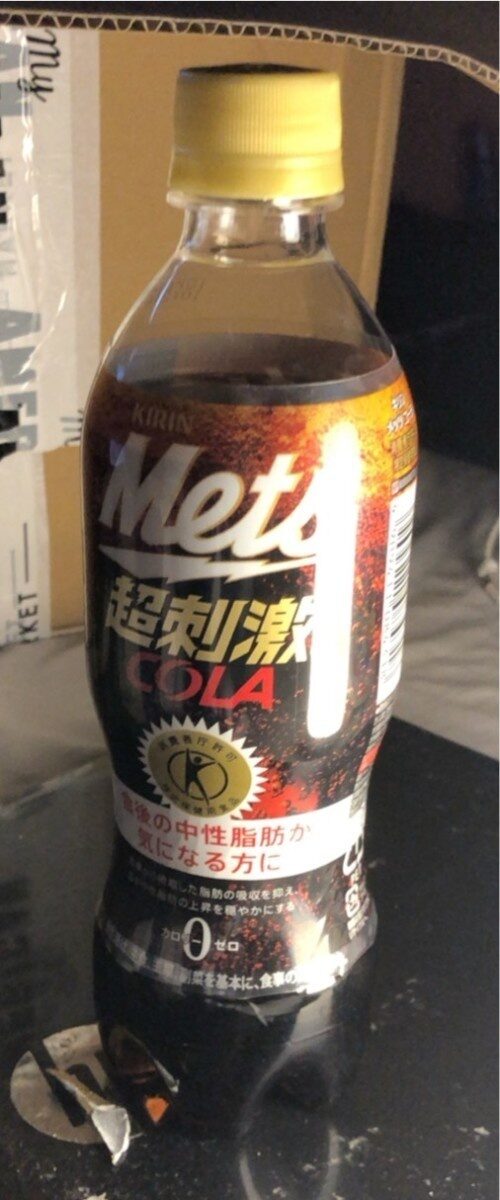Soda Cola Japonais - Kirin - 480mL
This product page is not complete. You can help to complete it by editing it and adding more data from the photos we have, or by taking more photos using the app for Android or iPhone/iPad. Thank you!
×
Barcode: 4909411084318 (EAN / EAN-13)
Quantity: 480mL
Packaging: Plastic
Brands: Kirin
Categories: Beverages, Carbonated drinks, Artificially sweetened beverages, Sodas, Diet beverages, Colas, Diet sodas, Cola sodas without caffeine
Stores: Oishi Market
Matching with your preferences
Environment
Packaging
Transportation
Report a problem
Data sources
Product added on by g123k
Last edit of product page on by alyx86.
Product page also edited by kiliweb, openfoodfacts-contributors, packbot, yuka.sY2b0xO6T85zoF3NwEKvlldAaeDugzDLFgfhoHDX4fiHK83pUPZY79H0M6g.
If the data is incomplete or incorrect, you can complete or correct it by editing this page.










